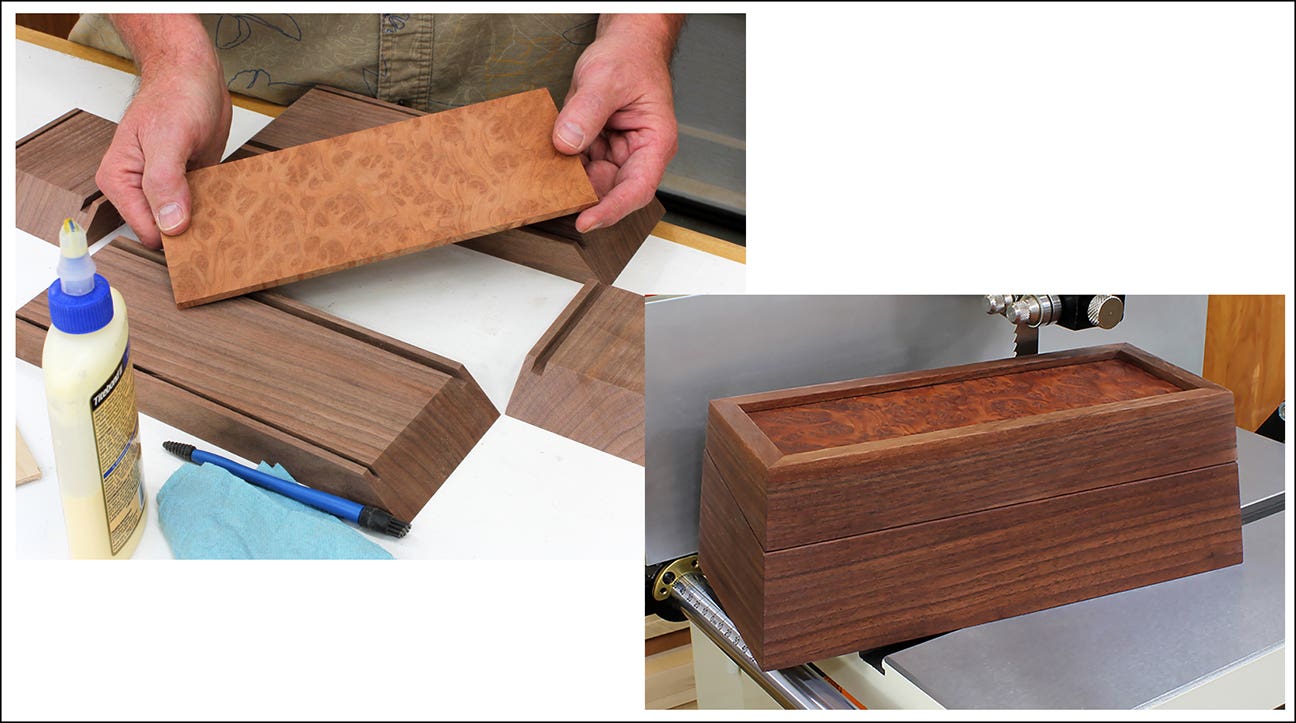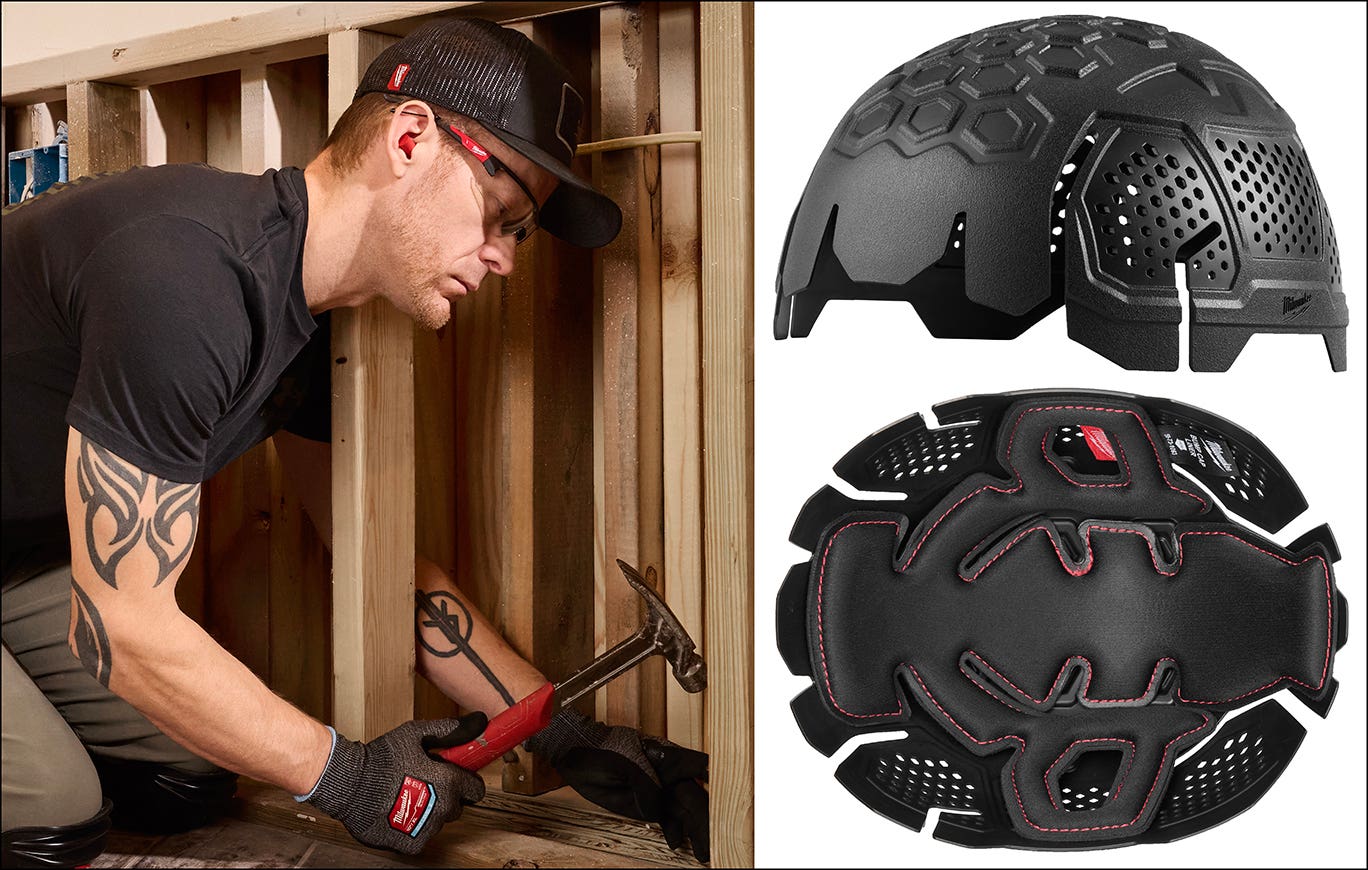UV flatline finishing can produce long-term savings
UV flatline finishing technology has been around for decades and has offered finishers increased throughput and efficiency when finishing flat objects, such as doors and panels, under a spray. It…
UV flatline finishing technology has been around for decades and has offered finishers increased throughput and efficiency when finishing flat objects, such as doors and panels, under a spray. It has primarily been used in the manufacturing of kitchen cabinets, wood furniture and flat-wood building products. Though originally designed to operate with clearcoat solvent-based finishes, the technology saw growth as waterborne clearcoat finishes entered the market.
But more recently, because of increased consumer demand for painted cabinetry and furniture, UV flatline finishing has grown at an even higher rate as coatings suppliers introduce waterborne UV pigmented finishes to their customers.
Five years ago, pigmented finishes were a small portion of the kitchen cabinet market — perhaps 10 percent at most. But today, it’s close to a 50-50 split between stain and pigmented finishes for both new-build and remodeling projects.
Pigmented cabinetry continues to grow in popularity with younger home buyers and designers. The most popular colors include whites and grays with matte or low-gloss finishes, but customized accent pieces such as kitchen islands are often contrasted in bright colors with a high-gloss finish. Through the use of UV flatline finishing, coating suppliers can help manufacturers deliver cabinetry in virtually every color of the supplier’s fan deck and in varying batch sizes from small specialty batches to larger orders.
A mid-sized cabinet manufacturer in California recently added a waterborne UV flatline system to take advantage of this growing market demand and was able to nearly double sales in just two years.
With all these benefits, perhaps the biggest sticking point in moving forward with UV flatline finishing is the cost of entry. A shop can be facing a capital investment that ranges from roughly $500,000 for used equipment to nearly $750,000 for higher-end new equipment. For small- to mid-sized shops, new compact sprayer technology in automated flatline finishing machines is more affordable than this, but these units’ smaller capacity limits throughput and, therefore, the potential ROI of the system. With the potential ROI that a complete waterborne UV flatline coating system can deliver in terms of a reduction in overall applied cost, there truly is a lot to like.
Though there is a capital expenditure involved, the benefits of UV waterborne flatline coatings offer many opportunities for long-term savings, both in terms of time and dollars.
The need for speed
Production can’t wait, especially when the ability to speed up the ability to handle finished parts can be reduced by more than 75 percent. Conventional spray finishing lines might utilize conventional vertical dryers that require anywhere from 45 minutes to an hour to dry conversion varnish and, even then, unloading takes perhaps an extra 10 minutes as finished parts cool as they move down the conveyor. The parts must also be racked as the finish isn’t fully cured.
Pieces that come out of a UV system still require a flash-off period that is dependent on both the product and the line, but these parts are generally fully cured in 10 minutes or less.
Slashing utility costs
No one can predict energy costs, but less time spent in the drying process with waterborne UV flatline processes than traditional lines equates to lower energy usage. And, with the advent of LED UV curing for UV flatline systems, the potential for energy savings and lower electric bills grows.
Batch-to-batch color control
The waterborne UV flatline process offers the ability to maintain finishing specs within an extremely tight range. Dialing in a finish to perform consistently on specific species of wood is simplified, which means a manufacturer doesn’t need to worry that parts made on different days won’t match in terms of color and gloss once assembled. Line color changes are also fast, taking place in less than two minutes.
Environmentally speaking
Waterborne UV flatline finishing can help a manufacturer meet environmental goals and save money while doing it.
Overall, the coatings offer an approximate 20 percent increase in efficiency over solvent-base systems, allowing a shop to get more for its dollar. But there’s another advantage — up to 85 percent of the overspray can be reclaimed and reused.
Waterborne UV flatline coatings carry no formaldehyde and offer extremely low VOCs, averaging .06 lbs./gal. A flatline conversion varnish system will produce perhaps up to 100 times more than UV flatline. And as environmental regulations become tighter and obtaining permits become more expensive and time-consuming, waterborne UV flatline finishing can beneficial to shops in states or regions where emission limits are low.
With floor space at a premium in any manufacturing facility, waterborne UV flatline finishing can significantly reduce the amount of space needed. Typical manual spray lines can run from 1,000 to 1,500 feet; that can be reduced by up to 90 percent with waterborne UV flatline operation.
Don’t go it alone
As with any significant change in a manufacturing operation, there’s a lot to learn before implementation of a waterborne UV flatline system. That’s where a manufacturer can truly benefit by working with a coatings supplier early in the process. The supplier will likely have partnerships with equipment manufacturers and might even offer design engineering services to help plan lines and get them up and running.
Tim Workman is manager of business development for Sherwin-Williams.
This article originally appeared in the August 2016 issue.







